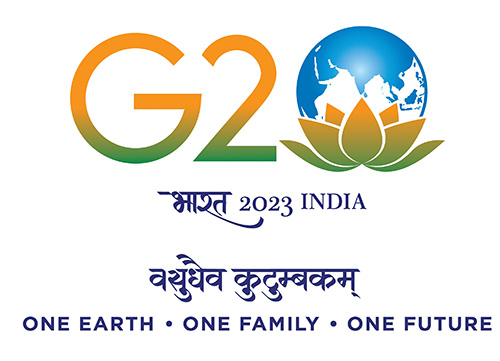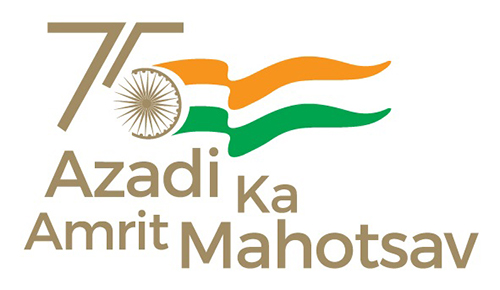Socio-digital Reality
Digital Reality represents the next digital transformation. It changes how we engage with technology, through augmented-, virtual-, and mixed-reality, 360 video, and immersive experiences that are at once intuitive and data-rich, and which put the human user at the center of design. Digital reality refers to the wide spectrum of technologies and affordances that include Augmented Reality, Virtual Reality and Mixed Reality that simulate reality in various ways. Unlike other technologies using flat screens (e.g. a computer or television), Digital Reality immerses you in the content providing you with a first person perspective that allows the user more agency in terms of choosing the perspective and control of the media in their field of view. There are several different technology features related to digital reality: these include AR(Augmented Reality), VR(Virtual Reality) and MR(Mixed Reality). AR overlays digitally created content into the user’s real-world environment. It uses transparent optics and a viewable environment in which users are aware of their surroundings and themselves. An additional advantage of AR is its inherently three dimensional nature of media which means it can be viewed from all angles by multiple audiences simultaneously. Using VR head mounted displays, users find themselves in a 360° video or computer-generated world. The digital space fully replaces your real-world environment. VR takes also full advantage of body- and motion-tracking capabilities, with many arguing that this leads to a greater sense of presence and immersion. Combined with headphones and special audio as well as touch-sensitive haptic controllers you are able to interact with virtual objects and immerse all senses in its environment, including smell with Bluetooth beacons.So far most applications of VR are in the gaming industry. However, the range of training scenarios and architecture and engineering applications is increasing rapidly. Using MR devices you can project 3D holograms into your field of vision on top of a see-through lens. It seamlessly blends the user’s real-world environment and digitally created content in a way that allows both environments to coexist and interact. MR utilises advanced sensors for room mapping with a depth sensor and simple gesture recognition.You can interact fully with the content – move, twist, and rescale – as required.Applications for MR are almost all of those for AR and VR technologies. Currently the most prominent advances are in research & development, education, architecture, and engineering.
Objectives
Provide exposure to various
- Aspects of interactive social computing including
- Augmented Reality
- Virtual Reality
- Mixed Reality
- Haptics: Sense of touch
- Speech and language analytics
- Multi-modal interfaces and human computer interaction tools for practical experience of the technology
Enable design of immersive interfaces for realistic digital interactions
Facilities
- State-of-the-art AR/VR lab in collaboration with Samsung
- High-end haptic interface-Phantom Premium 3.0
- 6 DoF Force/Torque sensor-ATI Nano 17
- HPC facilities including the NVIDIA DGX A100













